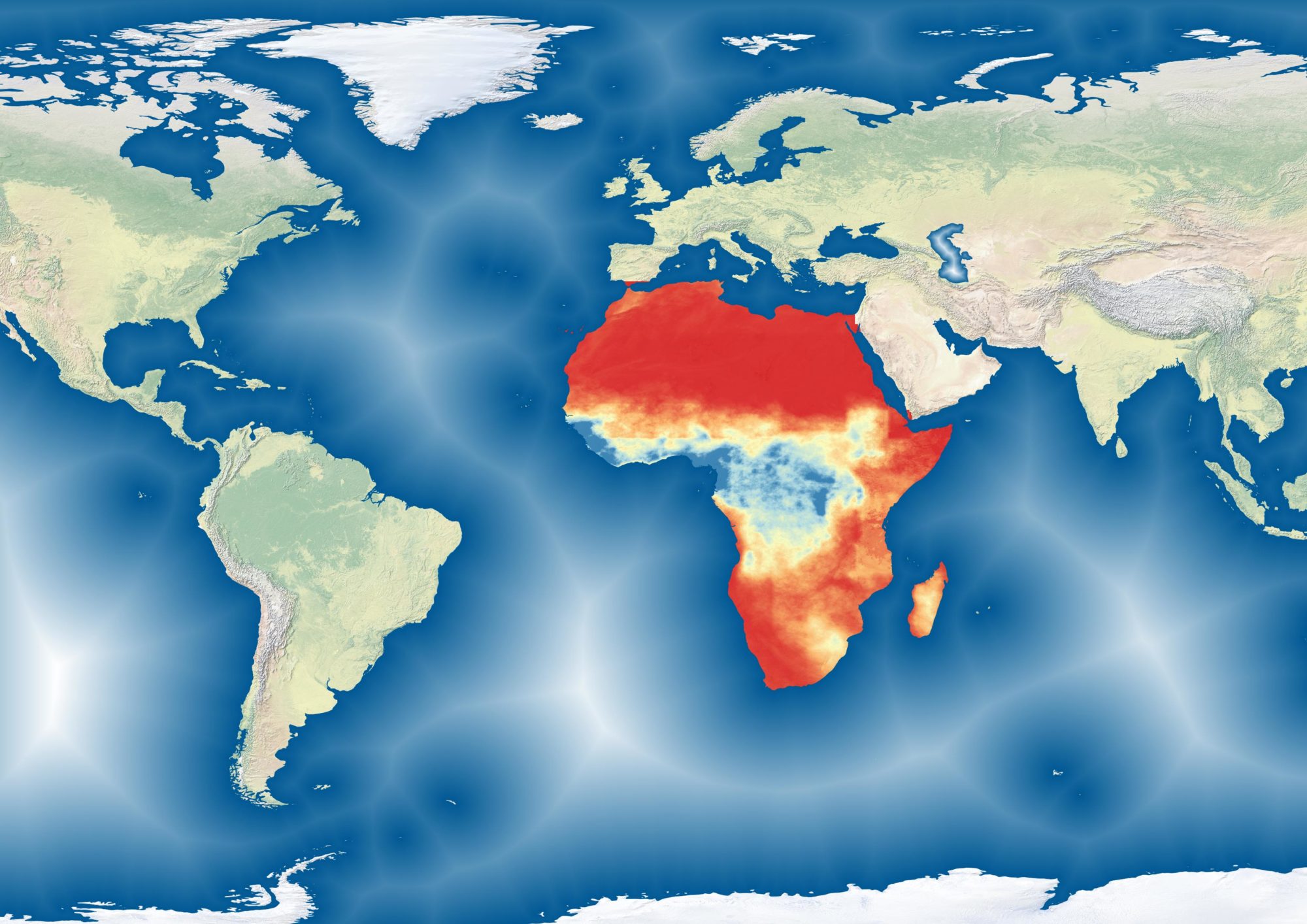These maps are an excerpt of a study performed earlier this year to analyse cropland changes in several areas of interest across the Sahel: Abadam (Nigeria), Magumeri (Nigeria) and Bani Bangou (Niger). Specifically, the idea was to use freely available satellite imagery to assess changes in cropland in areas that are difficult to access (mostly due to security constraints). The study used imagery from the Sentinel 2 Satellite that was processed by the 3 Period Timescan (3PTS) method on Google Earth Engine. For an introduction to that method, there is a paper and video available.
For the short version of how the method works: 3PTS uses Sentinel 2 images to create a 3 period NDVI profile over the course of a growing season. Given it’s unique NDVI profile over the course of the three periods, cropland can be easily distinguished from vegetation types. For each area of interest, we compare the most recent image of cropland (from the 2021 growing season) to the reference image of the 2016 growing season.
This map divides Abadam into equally sized hexagons and each hexagon is classified into categories representing the cropland change, as seen from the 3PTS images.

In a further step, the population of each hexagon is calculated using the Facebook High Resolution Settlement layer. This allows us to see the proportion of Abadam’s population living in areas with noticeable changes in cropland.


The table above shows a deterioration of crop conditions in the irrigated zone (NG07) and relatively stable situations in the other two LHZ. However this deterioration is not uniform across the zone. Of the 212 zones containing cultivated surfaces (290 hexagons had no crop landcover whatsoever), 81 saw an increase in cropland since 2016, whereas 64 saw a loss. Among those 64 zones, 34 had a complete loss of all cropland. While at face value, this seems to indicate an improvement in food security outcomes, this is no longer the case when population is accounted for. Analyzing the hexagons by their population , a much larger share of the population can be found in areas experiencing cropland losses. An estimated 25% of the population can be found in areas with cropland losses, and 16% of them are in areas with a total loss of cropland. Only 13% of the population lived in zones with increased cropland. 20% of the population lived in zones with stable/unchanging cultivated surfaces.
It is also worth noting that 42% of the population were found in zones with no cultivation whatsoever. For many, this indicates that they were unengaged in significant agricultural activities- this hypothesis is reasonable, considering the significant population concentration in the towns of Abadam and Mallam Fatori (around 22% of the population) and the significance of fishing and livestock herding in the area. That said, it is reasonable to assume that a number of the people living in zones with no cultivation are farmers who live a long distance from their fields, which is a common occurrence. Thus a number of people in the area may live in a different hexagon from their fields.
